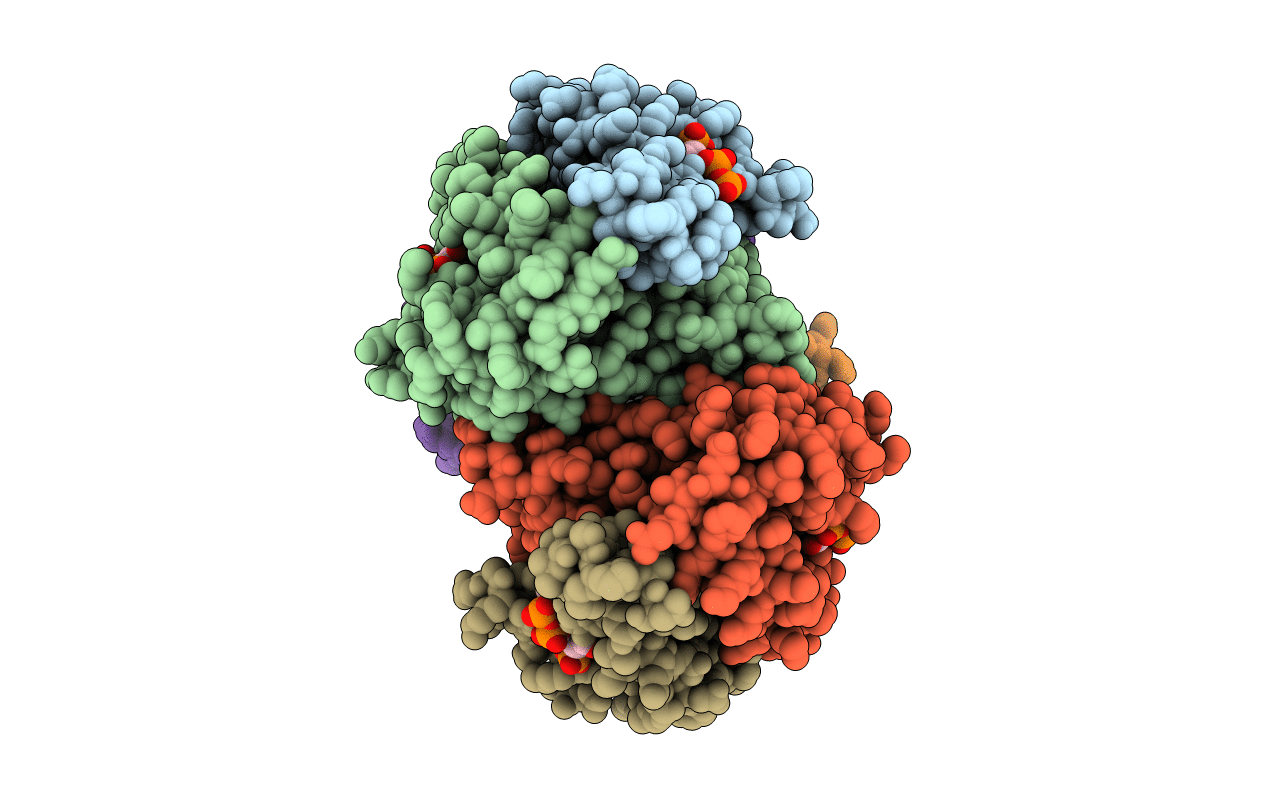
Deposition Date
2020-09-07
Release Date
2021-01-13
Last Version Date
2023-11-29
Entry Detail
PDB ID:
7CZ3
Keywords:
Title:
Crystal strcuture of Acyl-CoA thioesterase from Bacillus cereus ATCC 14579
Biological Source:
Source Organism:
Bacillus cereus ATCC 14579 (Taxon ID: 226900)
Host Organism:
Method Details:
Experimental Method:
Resolution:
2.90 Å
R-Value Free:
0.27
R-Value Work:
0.18
R-Value Observed:
0.19
Space Group:
P 31


